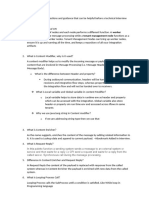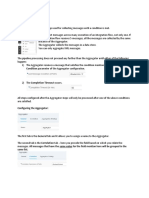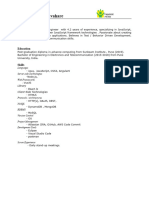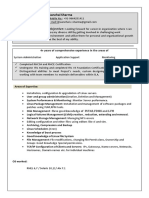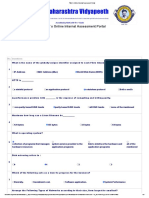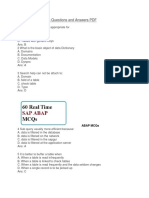0% found this document useful (0 votes)
104 views38 pagesInterview Questions
document
Uploaded by
saikrishna tadiboyinaCopyright
© © All Rights Reserved
We take content rights seriously. If you suspect this is your content, claim it here.
Available Formats
Download as DOCX, PDF, TXT or read online on Scribd
0% found this document useful (0 votes)
104 views38 pagesInterview Questions
document
Uploaded by
saikrishna tadiboyinaCopyright
© © All Rights Reserved
We take content rights seriously. If you suspect this is your content, claim it here.
Available Formats
Download as DOCX, PDF, TXT or read online on Scribd
/ 38


